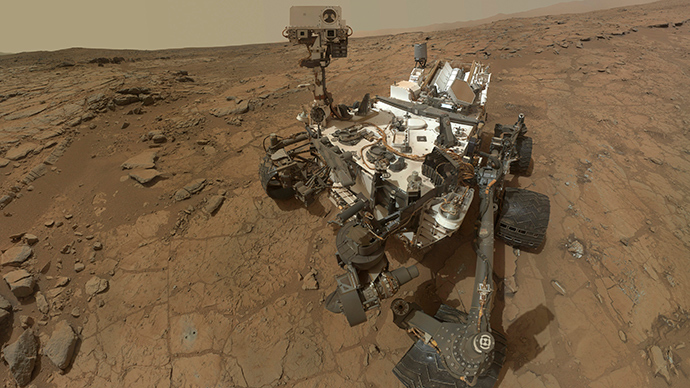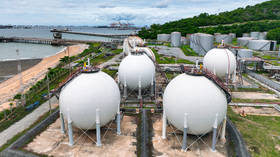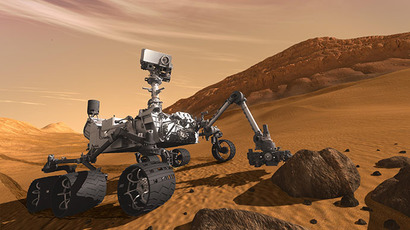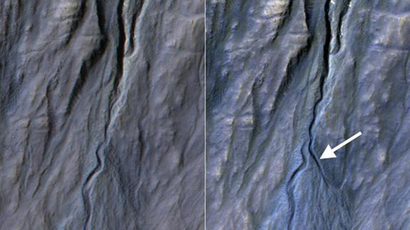Mars Curiosity rover reaches final destination

The Curiosity Rover has reached its final destination at the base of a 3-mile-high Martian mountain that scientists hope will reveal the answer to the ultimate question of whether the planet once sustained life.
Two years after landing on the Red Planet, NASA scientists announced that the one-ton, $2.5 billion scientific robot reached the base of Mount Sharp ahead of schedule. In two weeks’ time, Curiosity is expected to carry out its first drilling after it reaches Pahrump Hills, a gray-green colored rock.
“We have finally arrived at the far frontier that we have sought for so long,” said John Grotzinger, Curiosity project scientist at the California Institute of Technology. “The nature of the terrain at Pahrump Hills and just beyond it is a better place than Murray Buttes to learn about the significance of this contact. The exposures at the contact are better due to greater topographic relief.”
After landing in 2012 and driving close to 5.6 miles on the red surface, the scientists will now drill the terrain on Mount Sharp, a 3-mile high mountain in the center of Gale Crater, looking for traces of life that may once have existed on Mars.
The rover will climb the mountain via a new route that was revised after four of the robot's six wheels were damaged by the harsh Martian surface last year. “This damage accelerated the rate of wear and tear beyond that for which the rover team had planned. In response, the team altered the rover's route to a milder terrain,” NASA said in a statement.

The rover was initially planning to scale the plains of Gale Crater and rock formations of Mount Sharp in the Murray Buttes region.
“Curiously, because of the wheel damage it drove us on a pathway further south to be safer to the wheels and once we got to the location ... we recognized that in fact this was an even better place to go across the boundary than it would be to keep traveling toward Murray Buttes,” Grotzinger said.
The news that drilling will start soon comes after a NASA oversight panel criticized the Curiosity project earlier this month.
“When the senior review proposal was written in February and March the base of Mount Sharp looked kilometers away. In reality, we really cut out some of the drive time ... We’re going to be starting to do much more science along the way,” said Jim Green, director of NASA’s planetary science division.
Earlier in July, the panel said that the mission's aim of collecting eight samples for a total of 13 analyses was “a poor science return for such a large investment in a flagship mission.”
“I think the principle recommendation of the panel is that we drive less and drill more,” Grotzinger said during the news conference. “The recommendations of the review and what we want to do as a science team are going to align because we have now arrived at Mount Sharp.”















